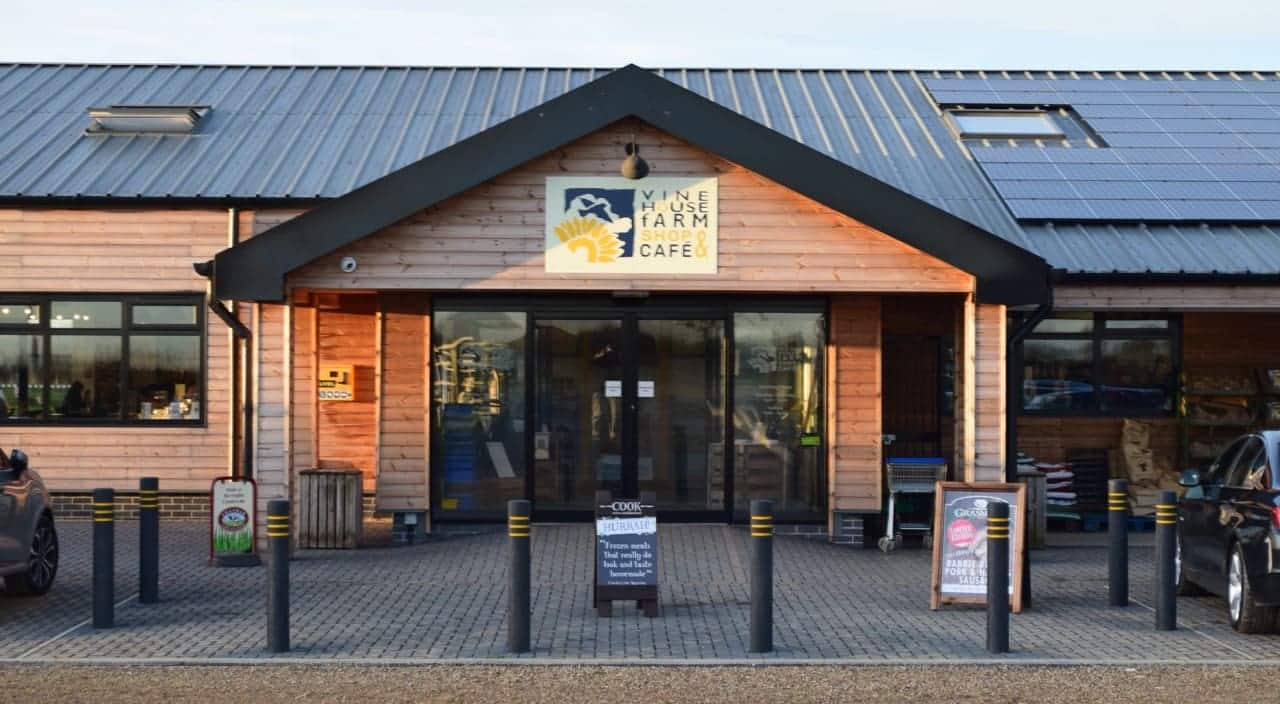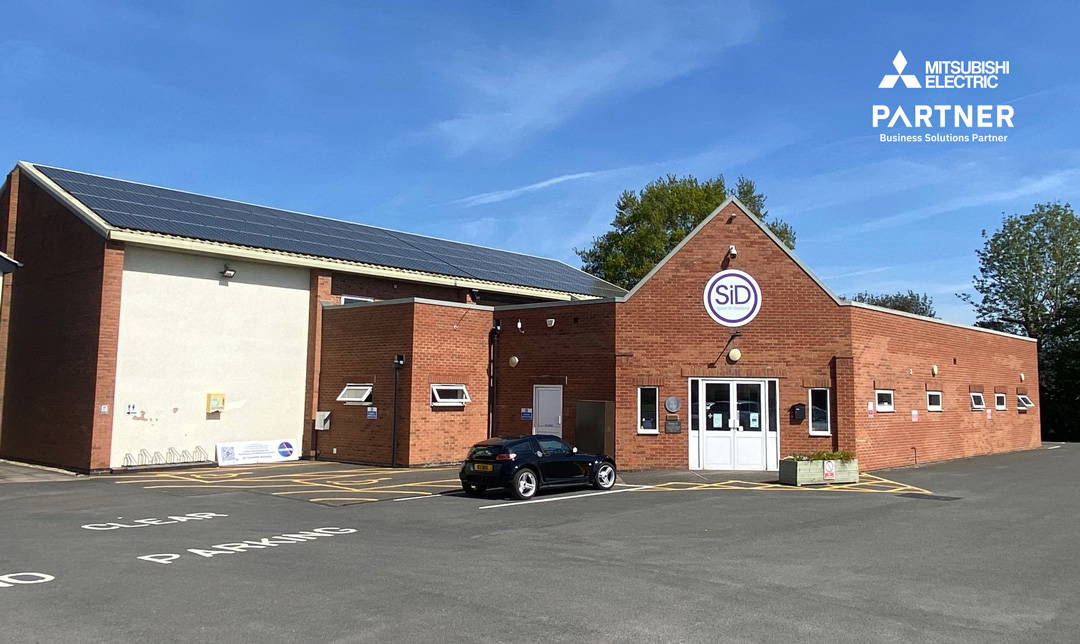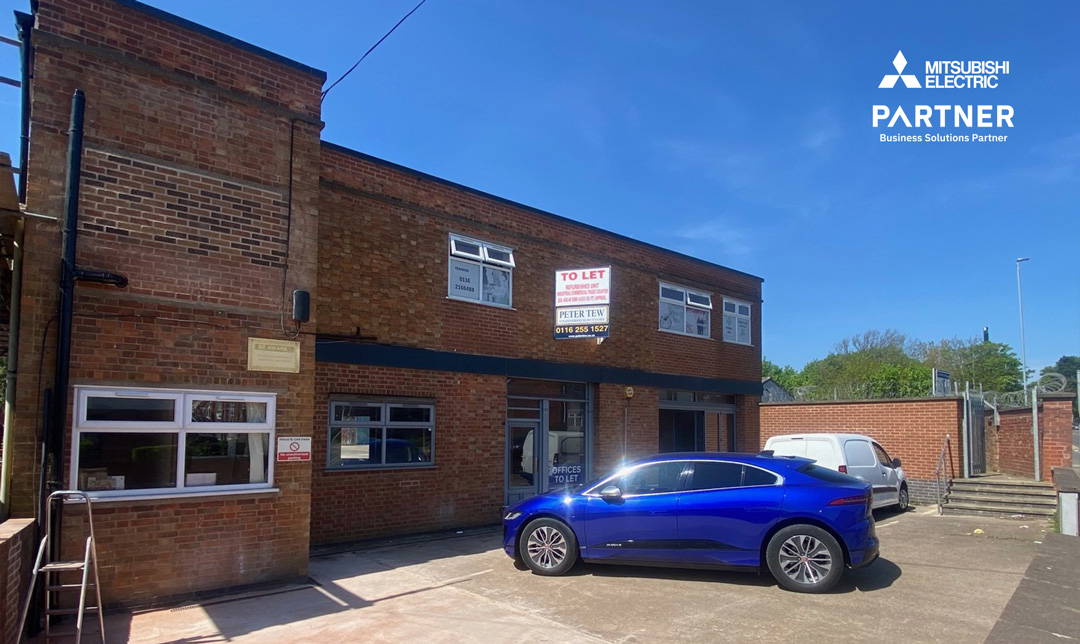With ground source heat pumps (GSHPs) proving to be one of the most cost-effective sustainable heating and cooling systems, they are an incredibly popular renewable technology for consumers and property developers.
Due to technological advancements, these systems have made heating and cooling your house much easier and more cost-effective. What’s more, the installation of this renewable heating system is a foolproof way to take advantage of ground source heat pump grants including the domestic RHI.
However, when it comes to GSHP installation, it’s vital to evaluate which type of collector pipe is suitable for your home. The type of pipe you choose will determine the overall expense of installing this system.
At JL Phillips, we explore the key differences between horizontal collector pipes and vertical boreholes to help you make a sound decision.
Installation
-
Horizontal Collector Pipes
While installing a commercial GSHP, horizontal collector pipes crucial to the pump’s function need quite a bit of space (a depth of 1.2m to 1.8m below ground level). This is crucial to ensure that the pipes are equally spaced out, thereby improving the system’s efficiency.
To maximise the system’s performance, the pipes are installed in trenches and laid out like underfloor heating (except outside) t0 make sure an even amount of low-grade heat is extracted from the ground. This is why the installation of horizontal pipes requires a substantial amount of time and land.
Once these pipes are installed, the land can no longer be used for tree planting or other construction work as the pipes need to lay undisturbed to do their work. It needs to be porous and free of root damage.
That said, it’s best to contact a GSHP installation company for a thorough and professional evaluation of your property in order to fully benefit from this green heating system.
-
Vertical Boreholes
Installation of vertical collector pipes (commonly known as borehole collectors) also require some amount of time, as a 100m to 122m hole needs to be drilled in the ground.
These borehole collectors can easily be positioned under your home and take up far less land when compared to horizontal pipes. A borehole collector also requires a ground radius of no more than 3m, making it a feasible option for homeowners with limited space.
If you want to find out more about these pipes and which one would be best for your home, get in touch with the professional installers at JL Philips.
Geology and Ground Condition
When it comes to the installation of GSHP, be it with horizontal collector pipes or vertical boreholes, both the ground condition and geology has to be taken into account.
-
Horizontal Collector Pipes
Normally, horizontal collector pipes are installed in areas that are properly saturated. That way, it helps make sure the pipes perform at their best and offer long-term heat recovery.
Since the temperature range at 1.5m depth can fluctuate depending on the season, it is important to evaluate the geological condition of your area beforehand.
Here at JL Philips we can help you with this and find out whether horizontal pipes are the best option for your home.
-
Vertical Boreholes
Based on the ground condition of the site, the temperature at 100m below ground level is likely to remain consistent throughout the year, which ensures that the performance of borehole collectors remains consistent and unaffected.
This is what makes a GSHP with vertical boreholes a great heating and cooling system, especially if you live in a location that experiences extreme weather conditions.
System Lifespan
The expected lifespan of both vertical boreholes and horizontal collector pipes are quite similar, but it also depends on how well it has been designed and installed.
Both collector pipes have a lifespan of more than 20 years. This is because the renewable heating system is concealed underground, safely hidden from extreme weather conditions. What’s more, they require little to no maintenance and an annual check is enough to make sure it’s working efficiently.
Collector Pipes or Boreholes – Which Is Better?
This is a really tricky question to answer.
Choosing between vertical boreholes and horizontal collector pipes heavily depends on your property’s heating and cooling needs, the available space, aesthetic considerations, and the local and geological conditions.
Regardless of pipe or borehole, know that GSHPs are a great renewable heating system to install in your home. It helps you save a considerable amount of money on your energy bills and when combined with the RHI payments, the system pays for itself in a short period of time.
Contact JL Philips for Ground Source Heat Pump Installation Services
Every collector pipe comes with its own set of pros and cons. An excellent way to determine which one works best for your house would be to get in touch with a professional GSHP installation company.
If you wish to install a GSHP or find out more about heat pumps and collector pipes, contact us today!




